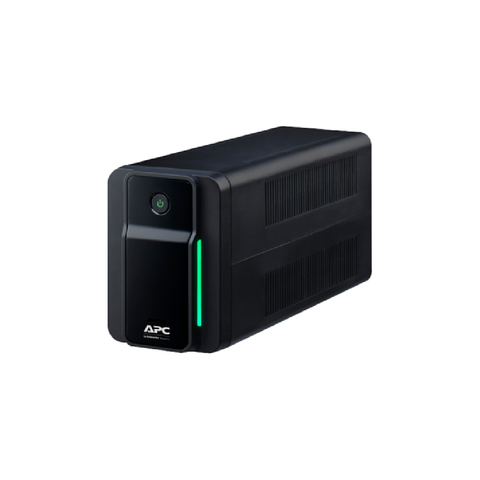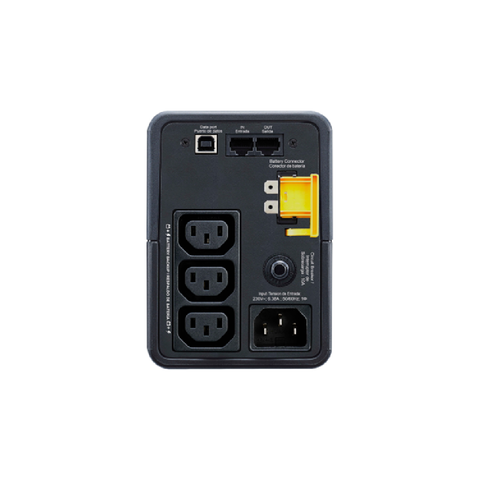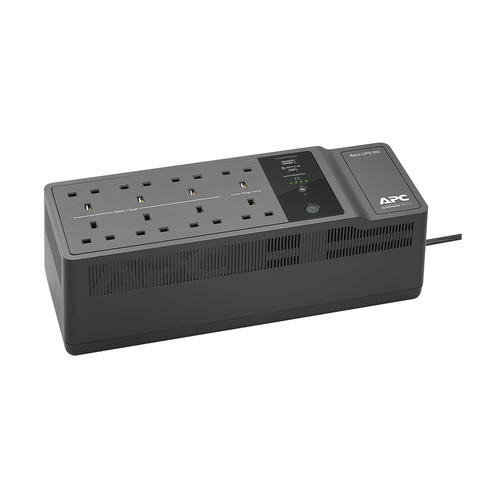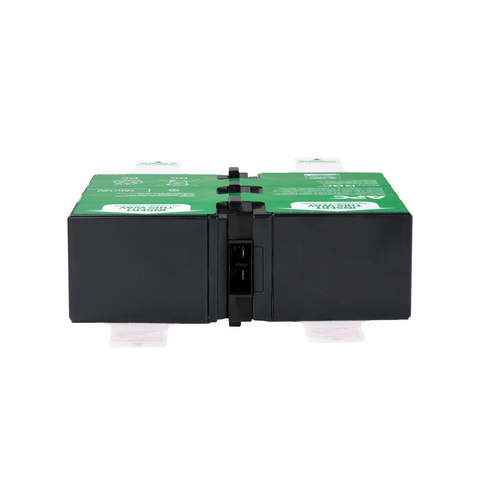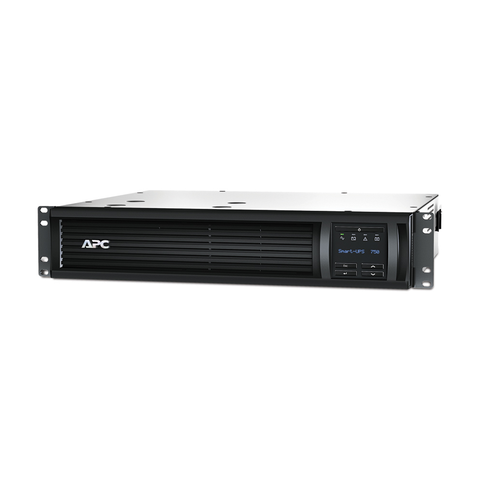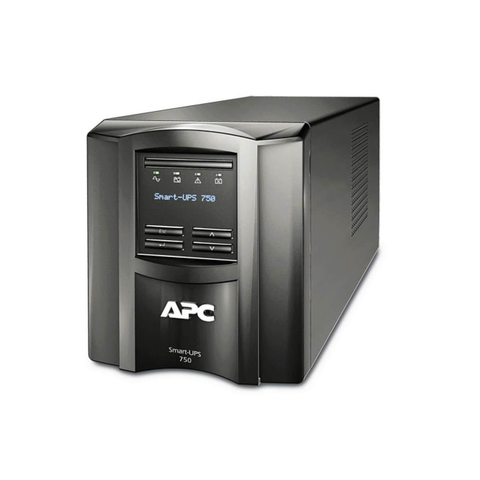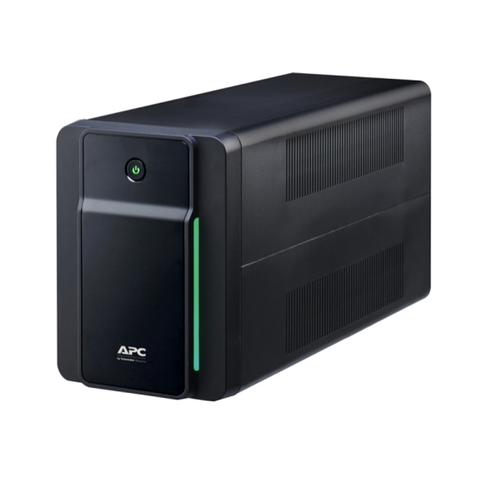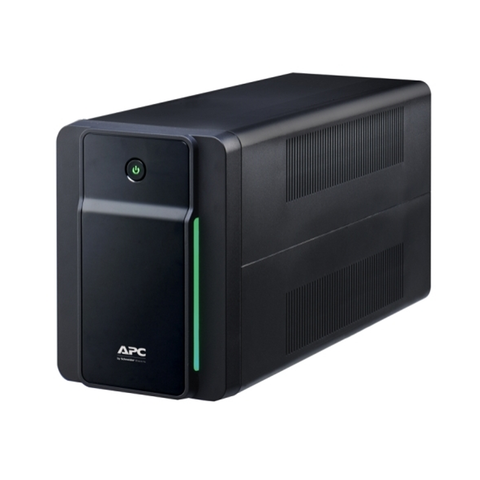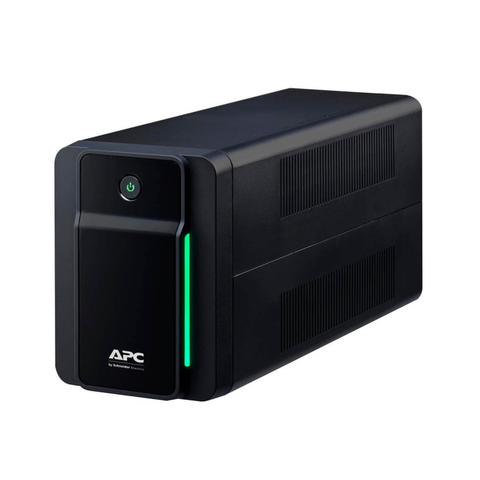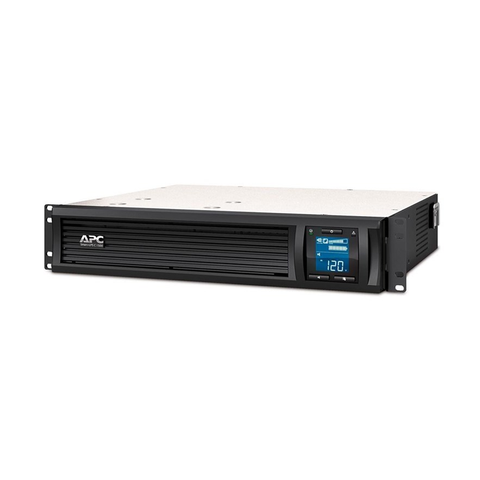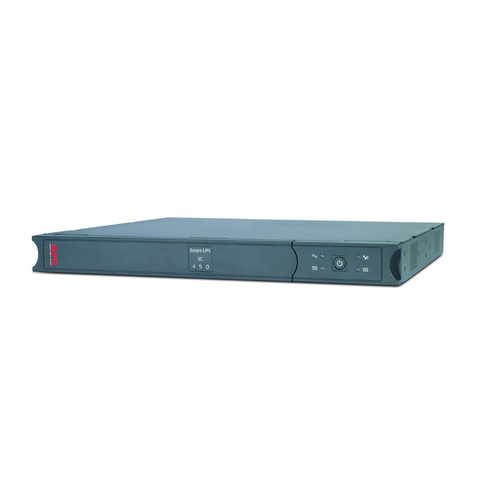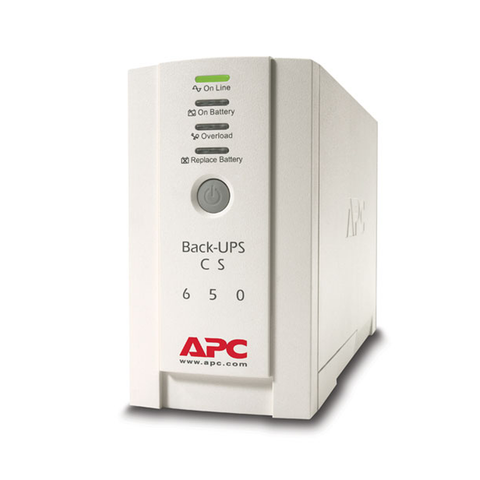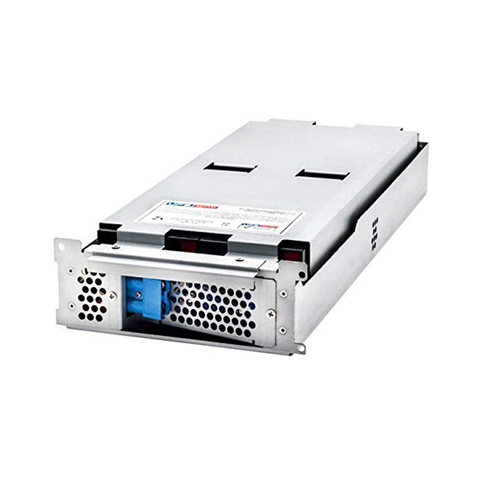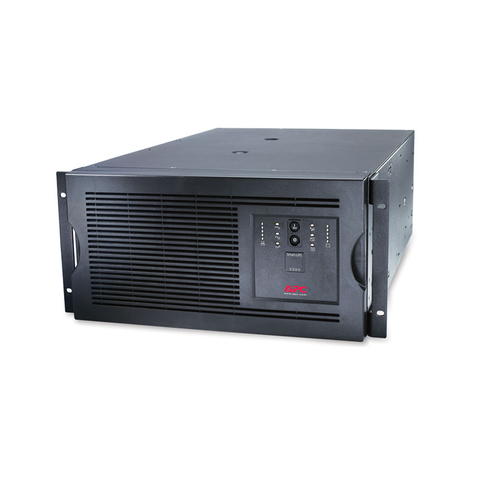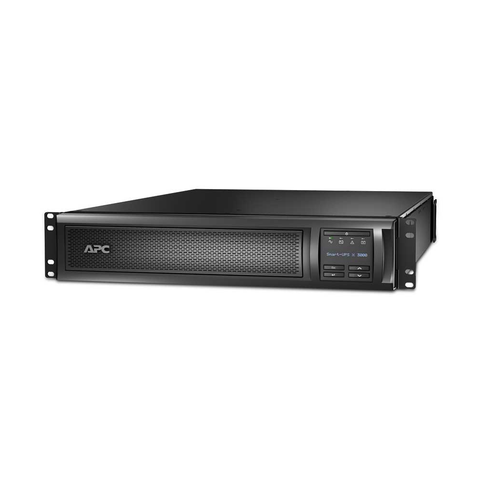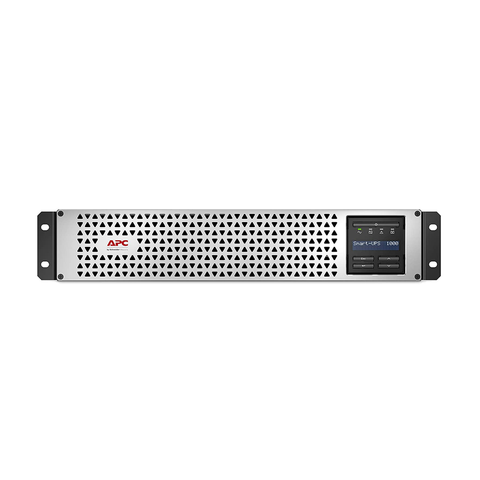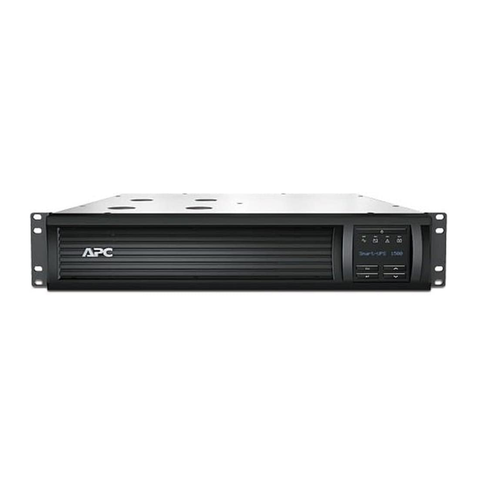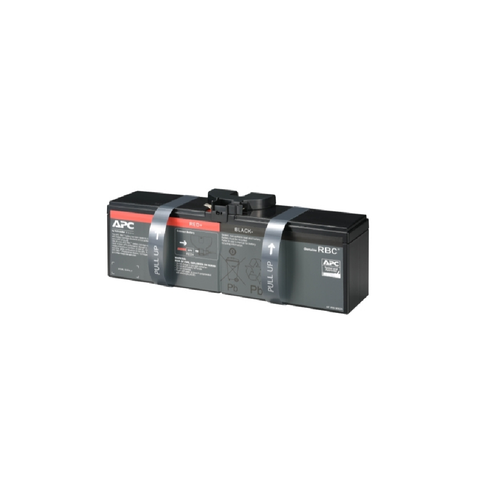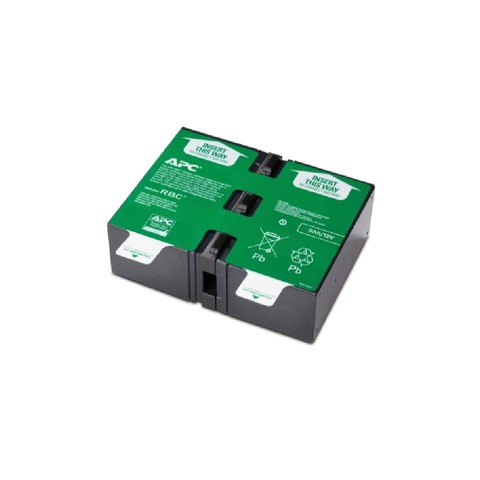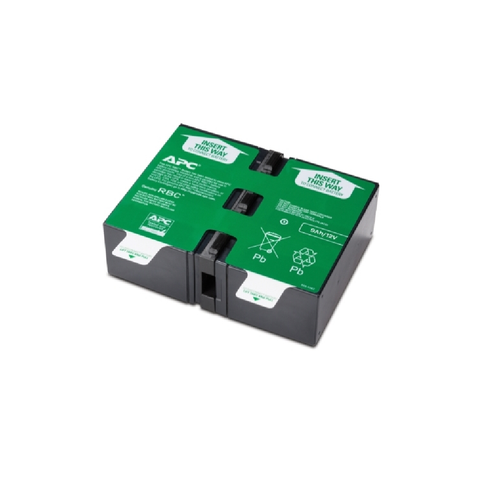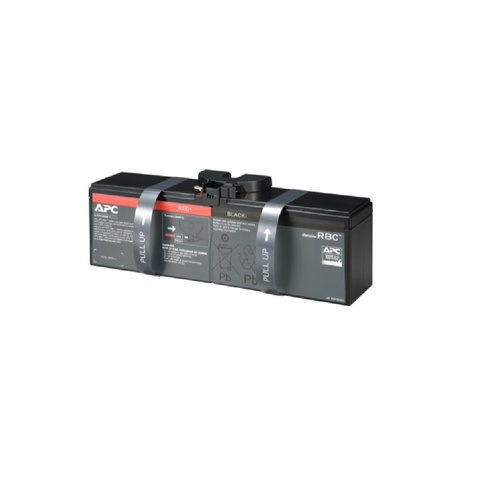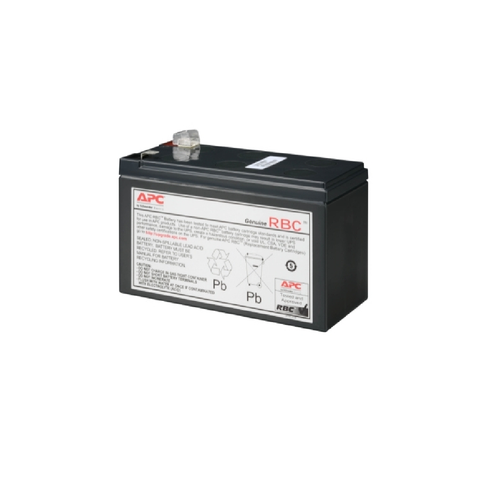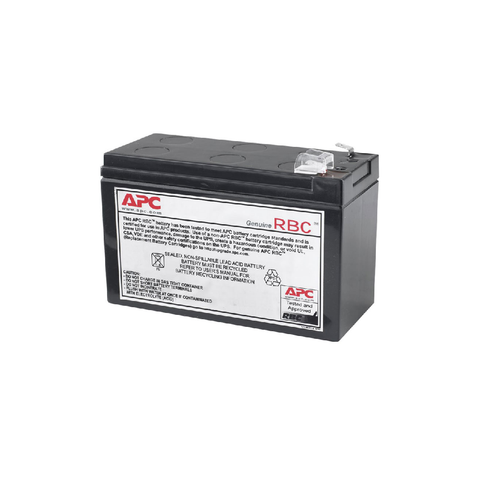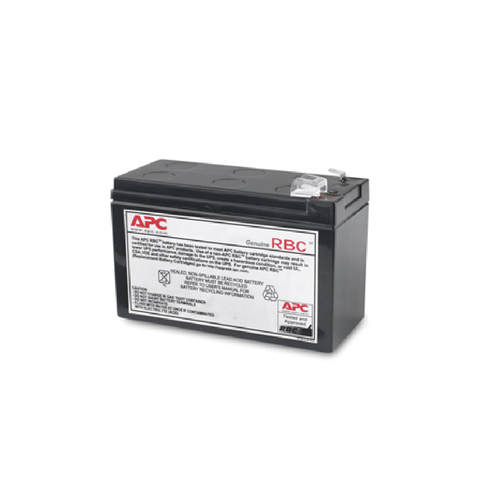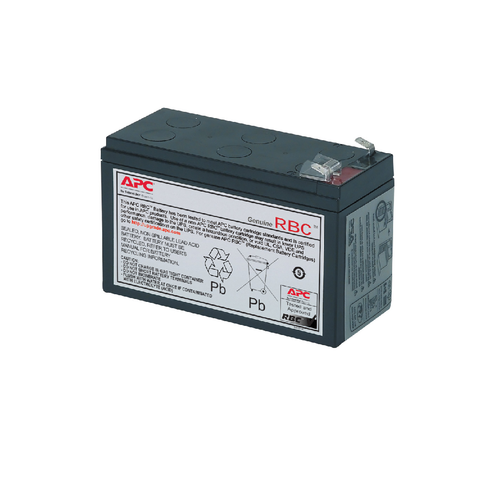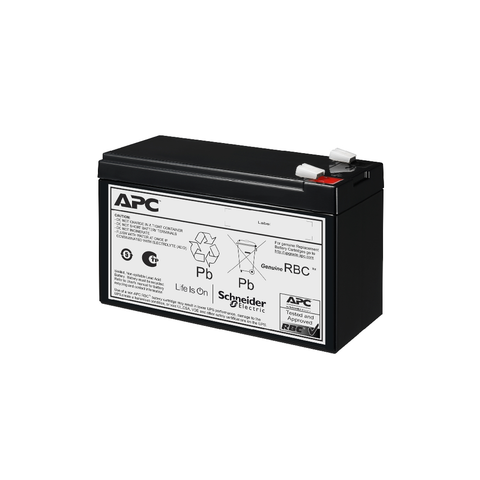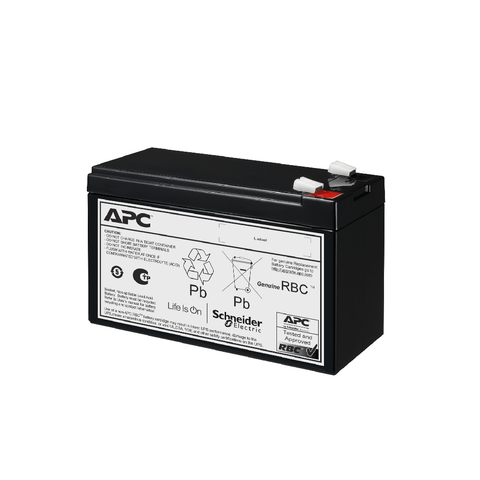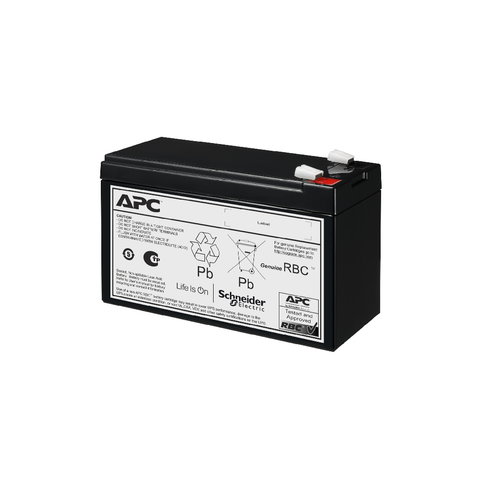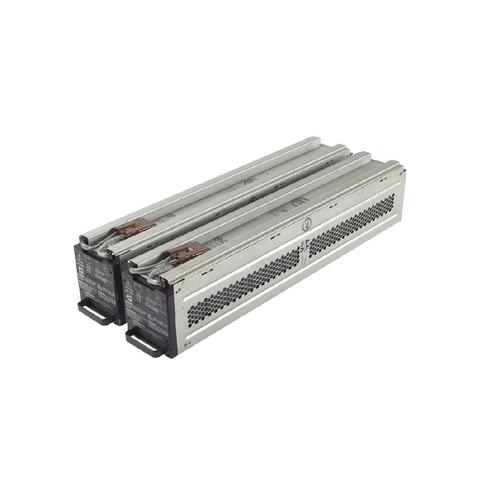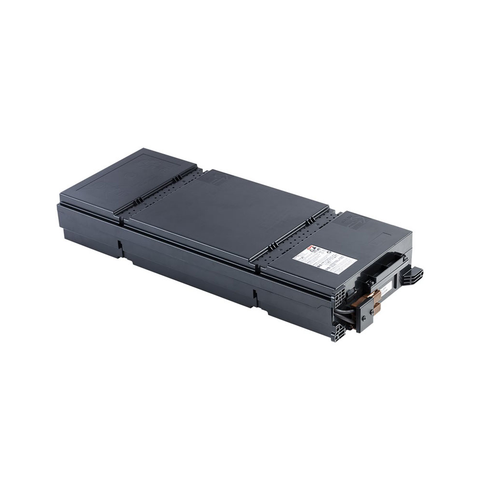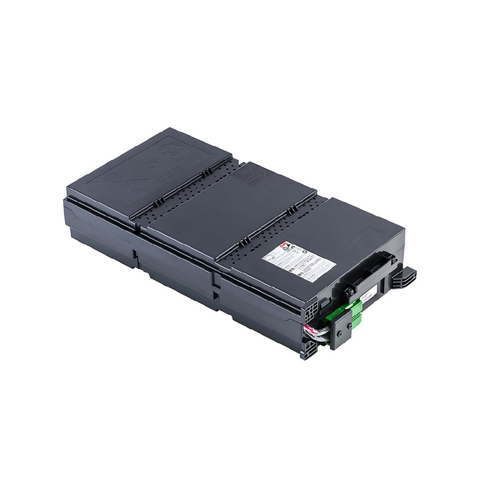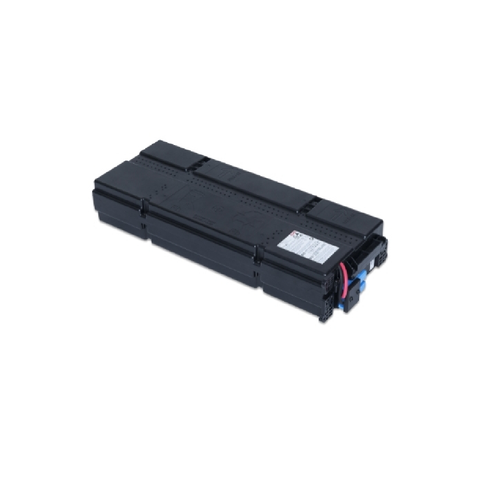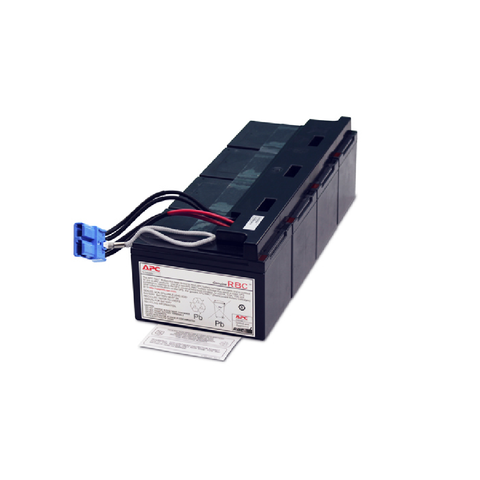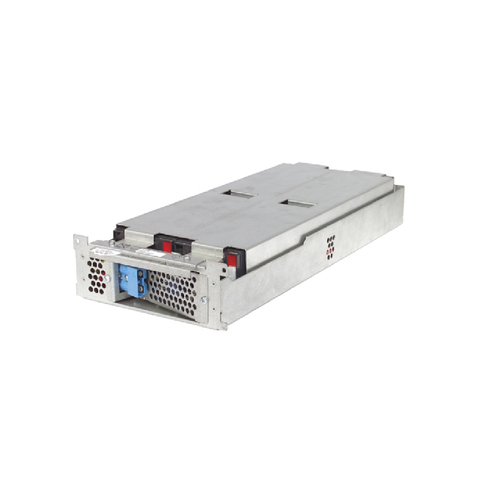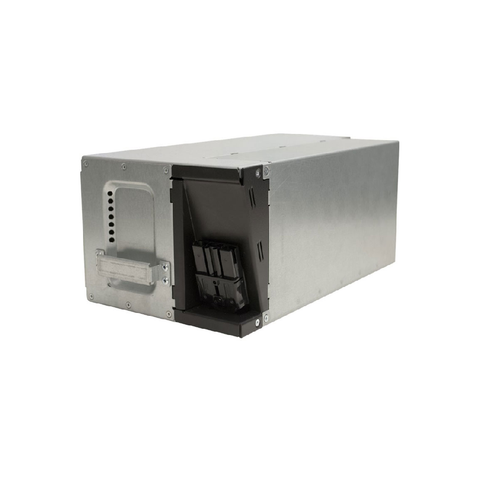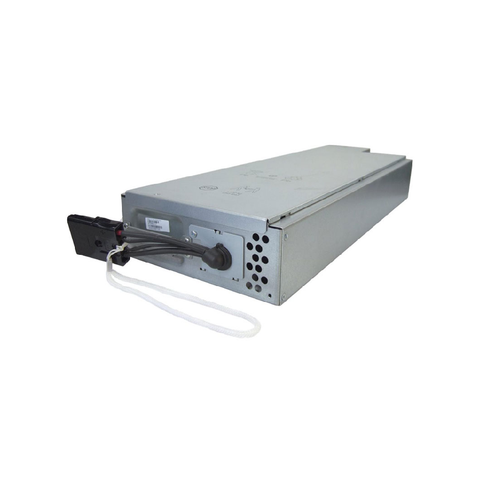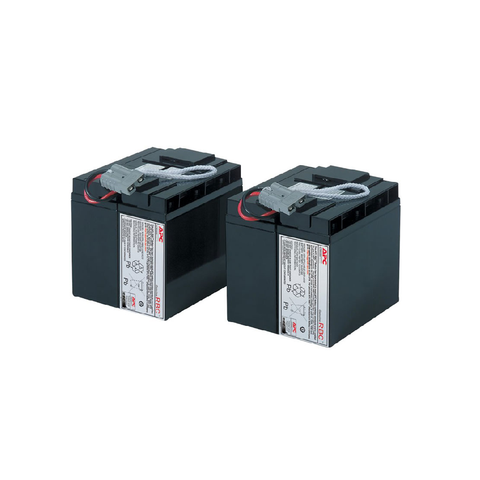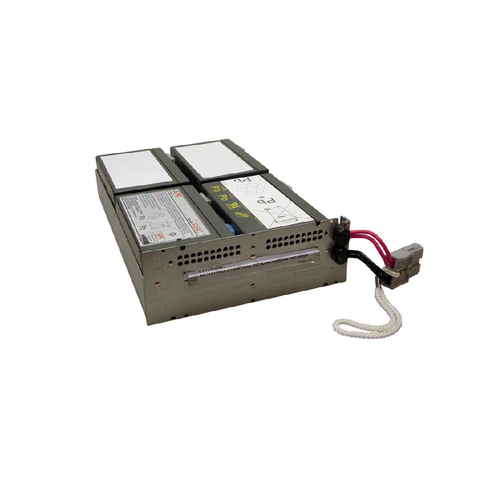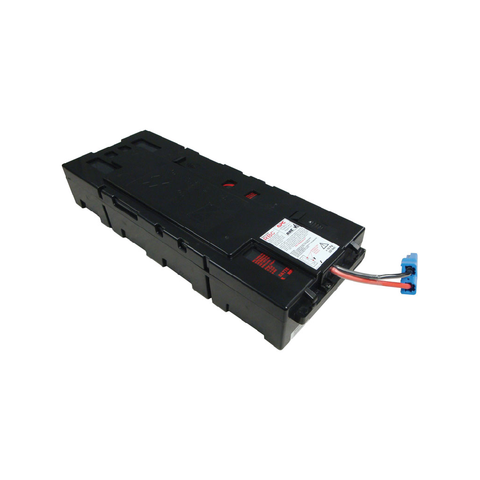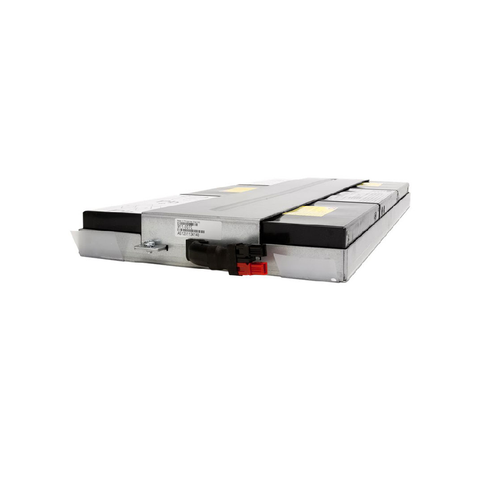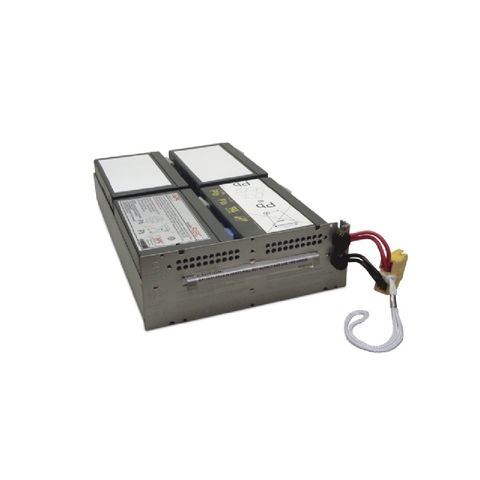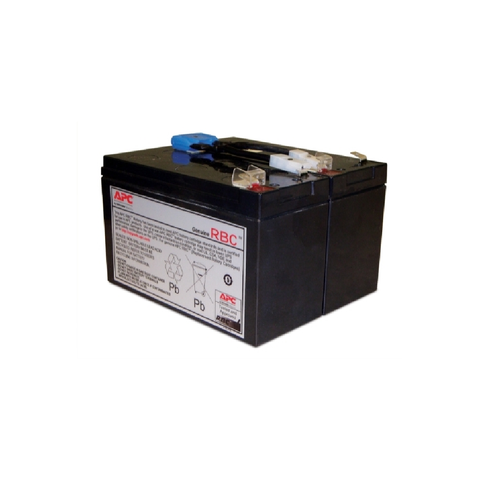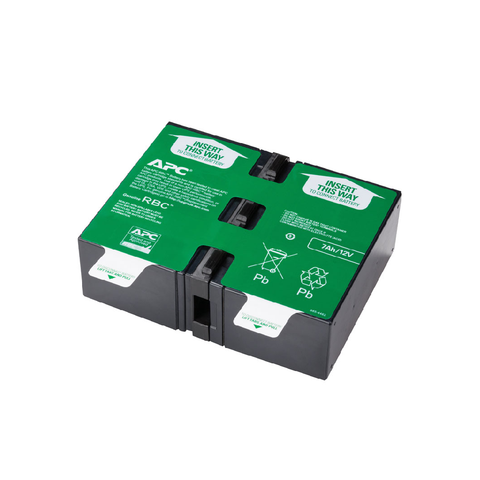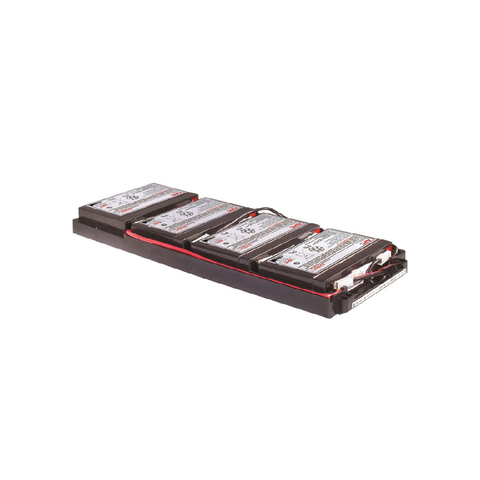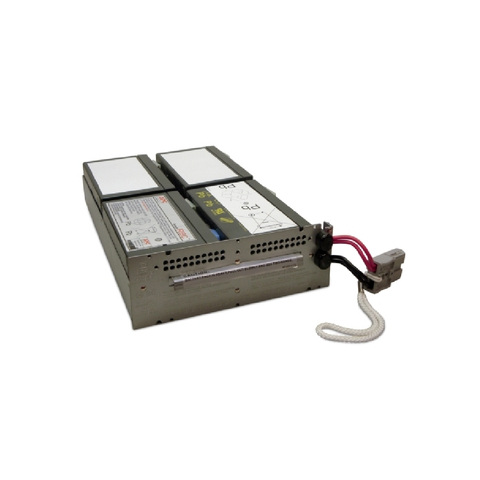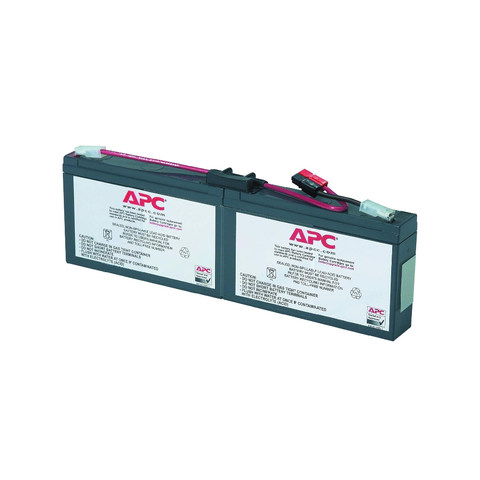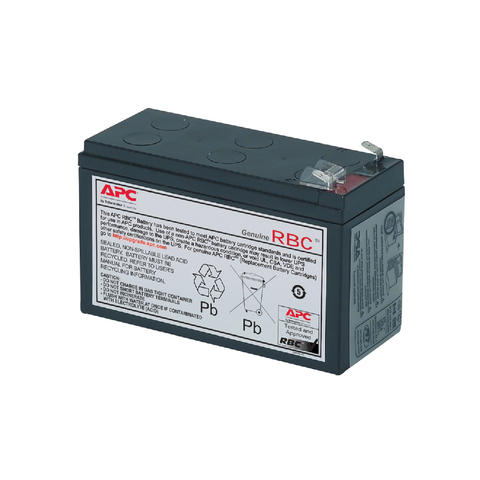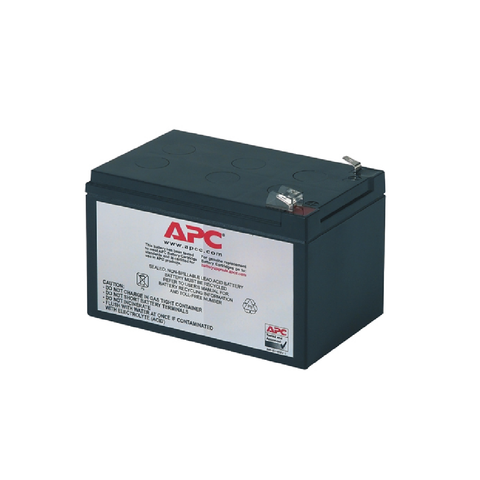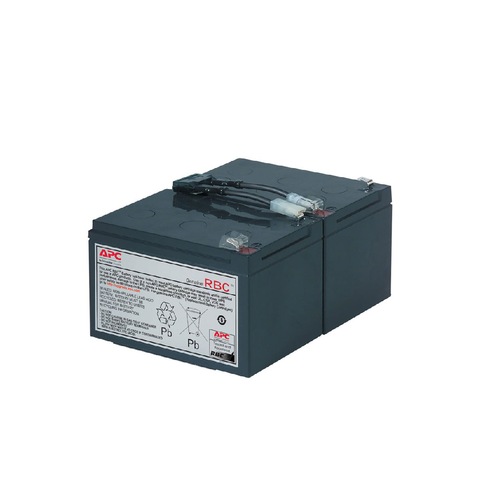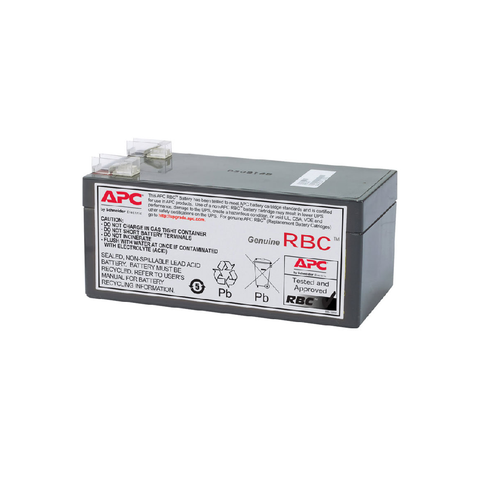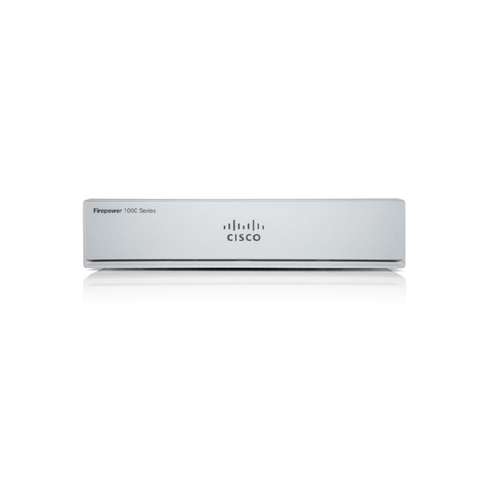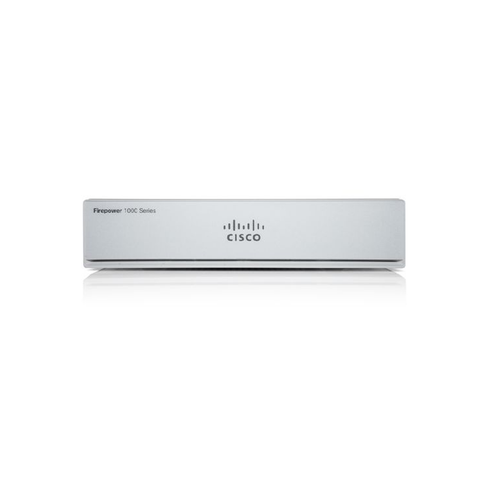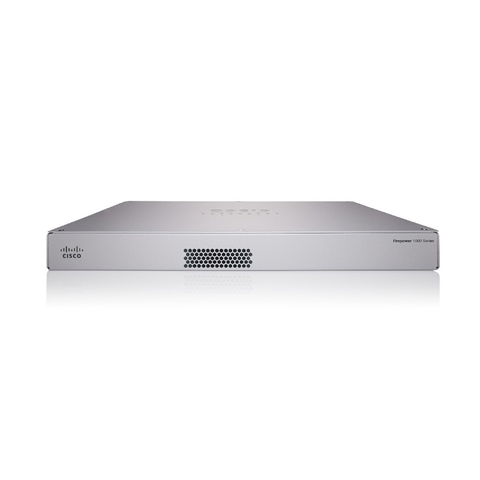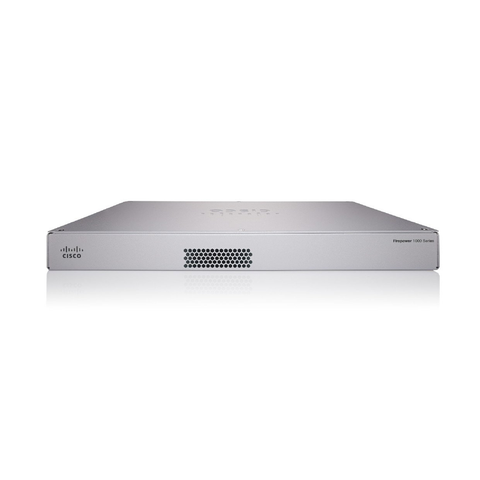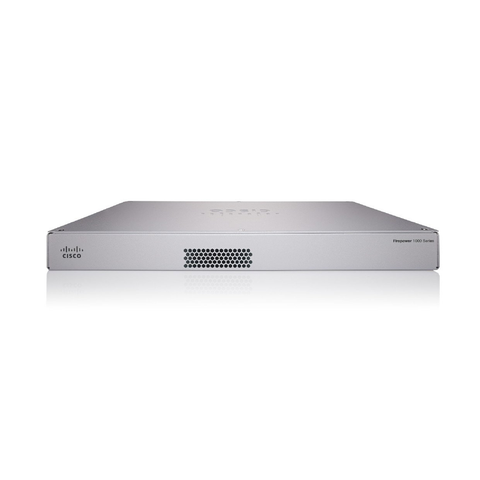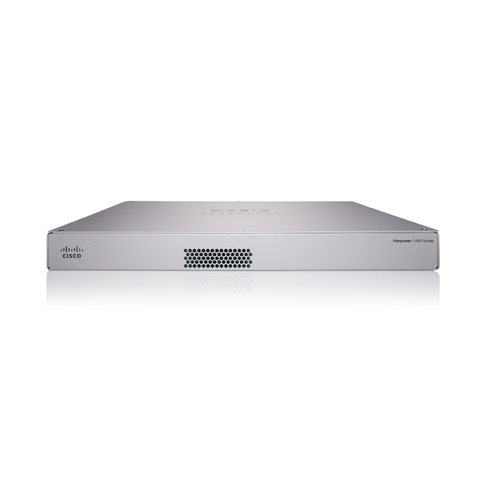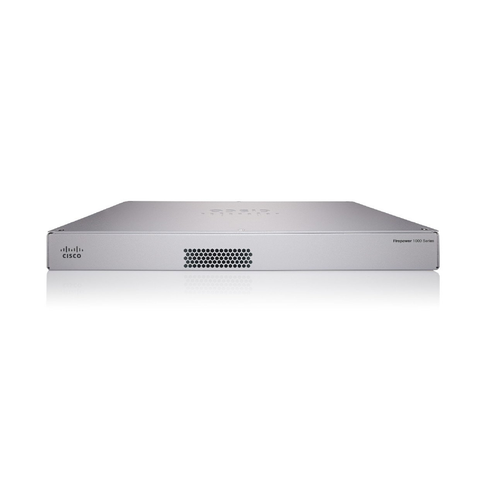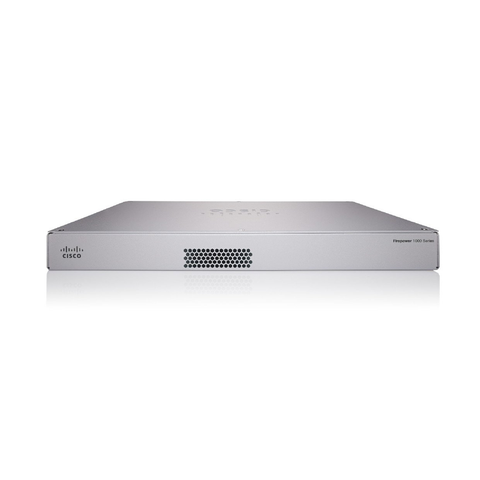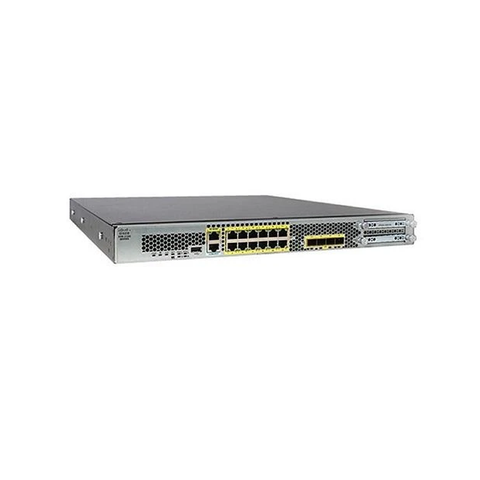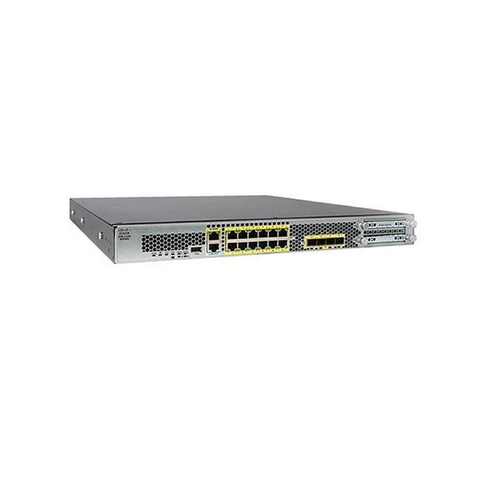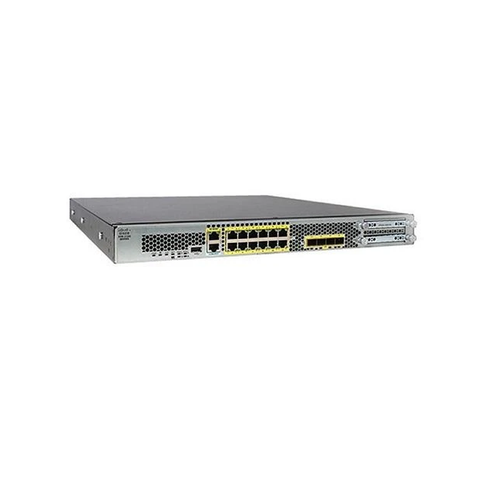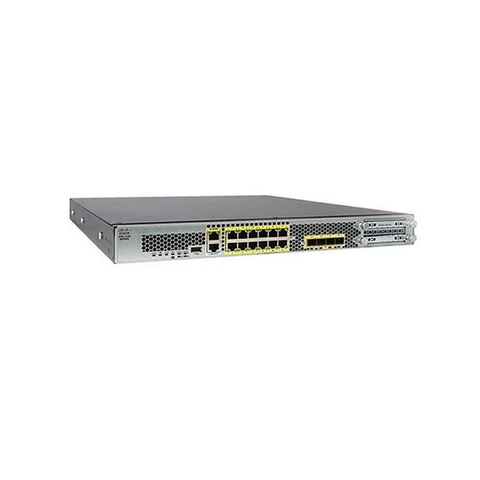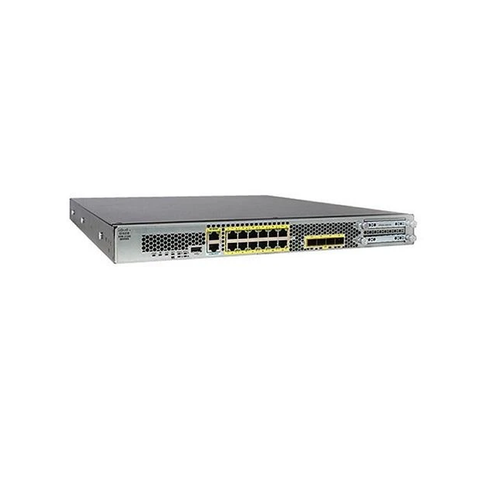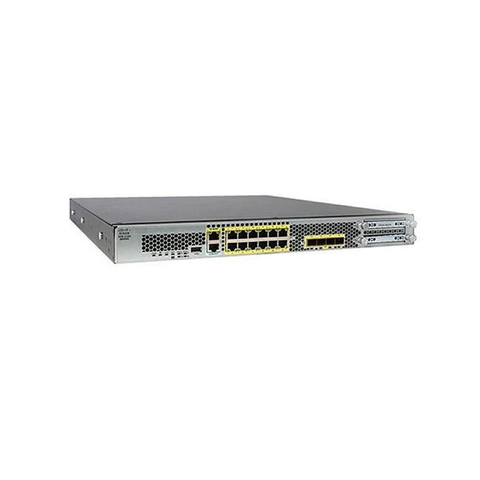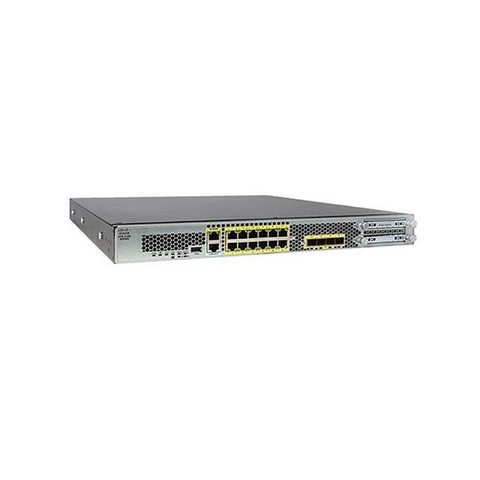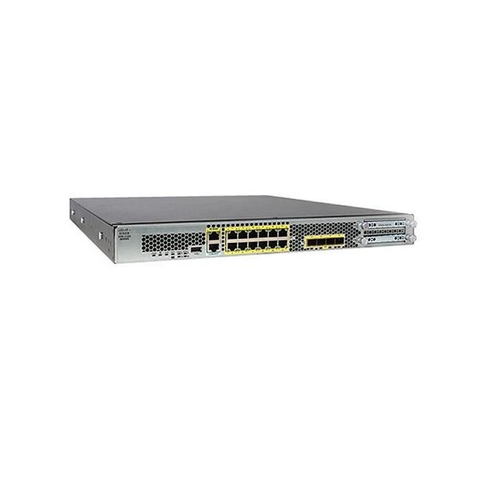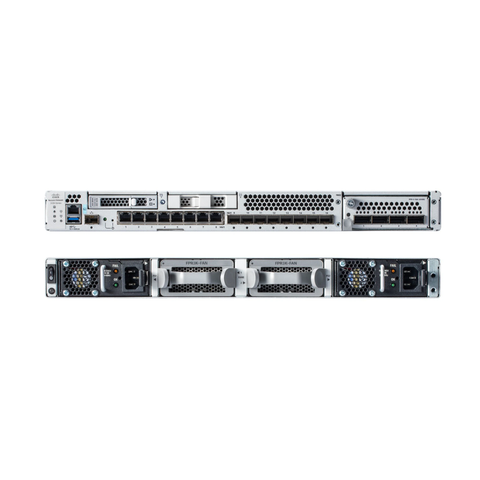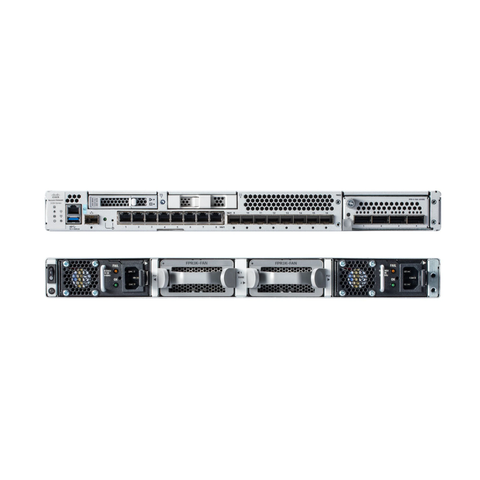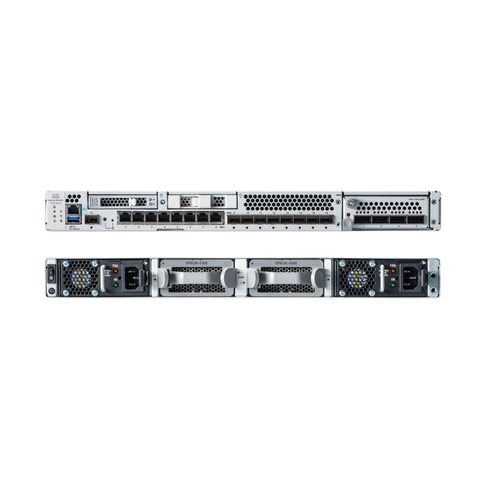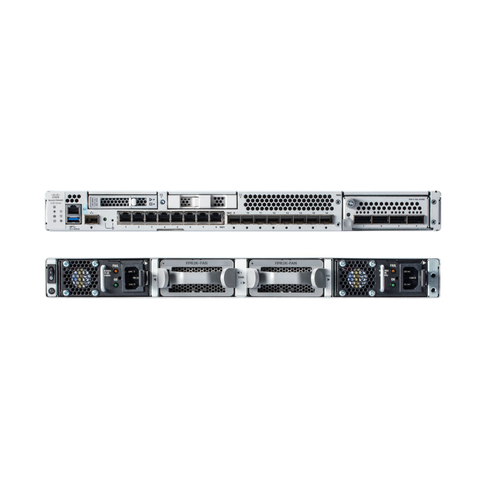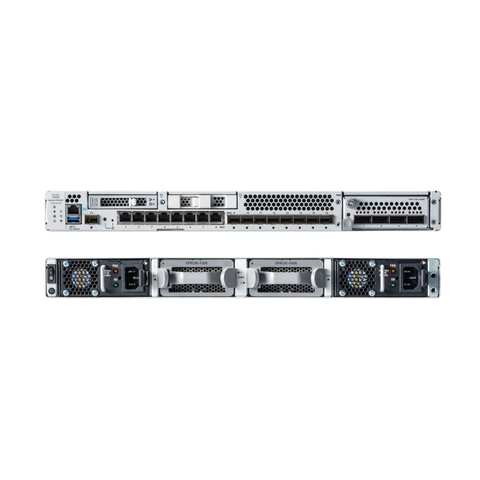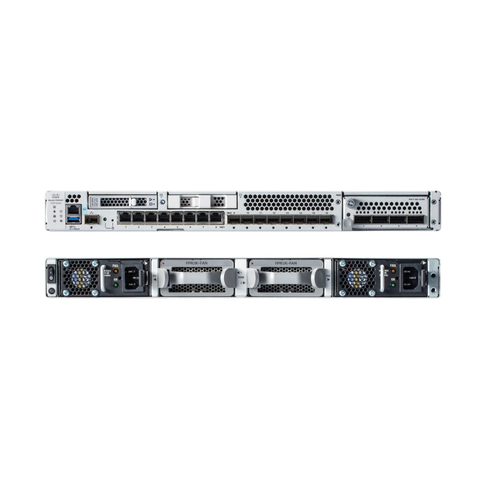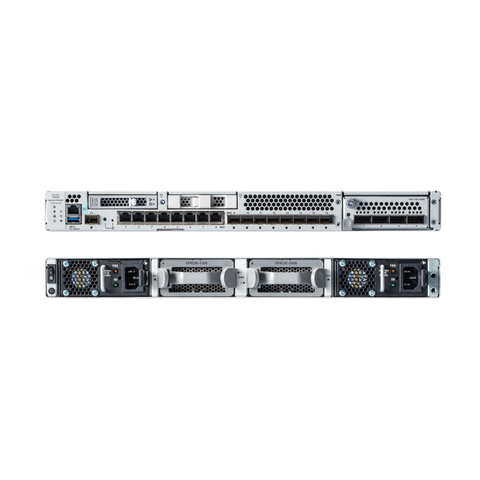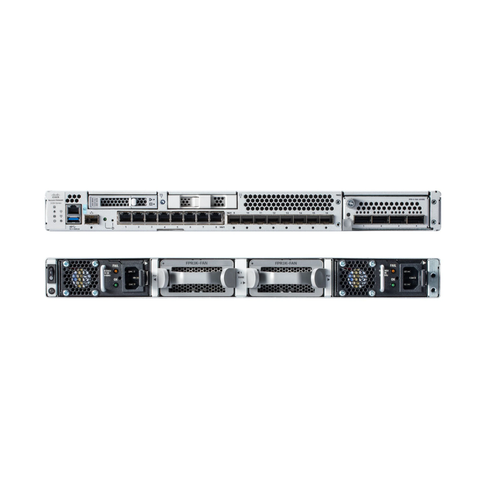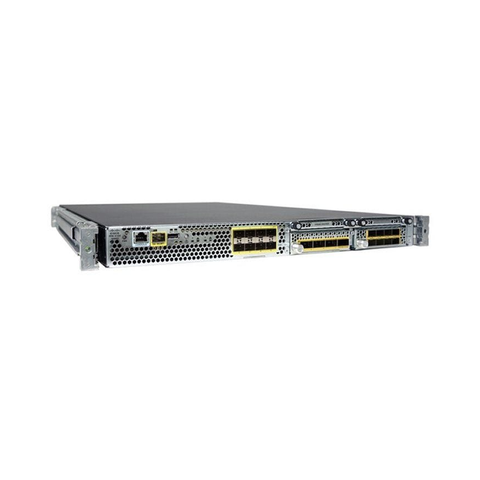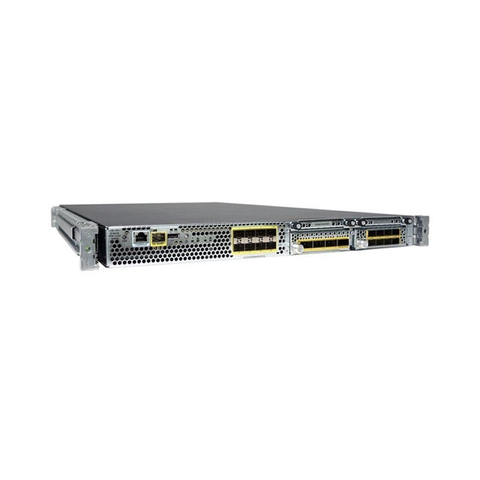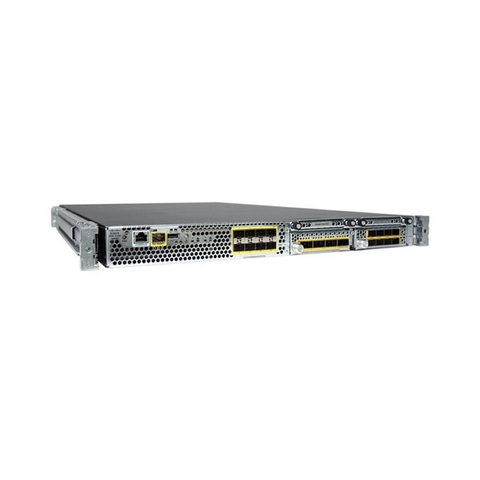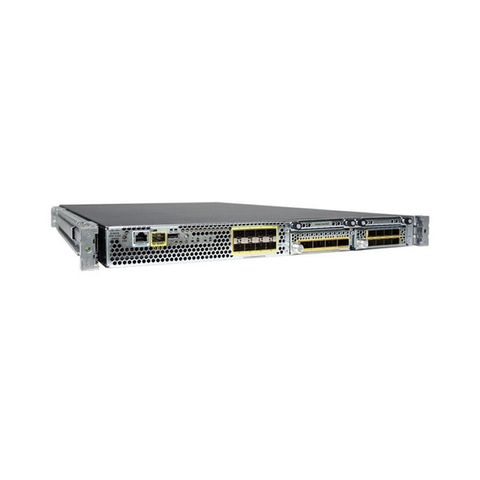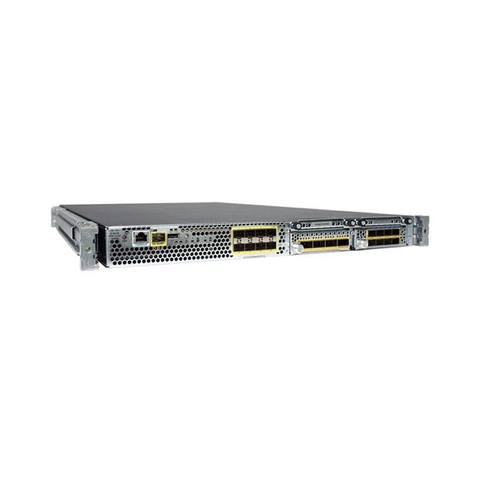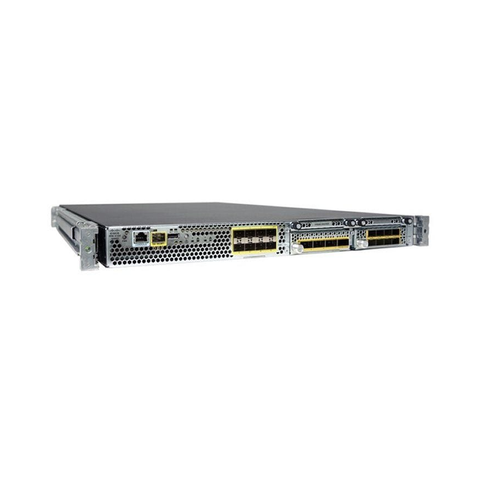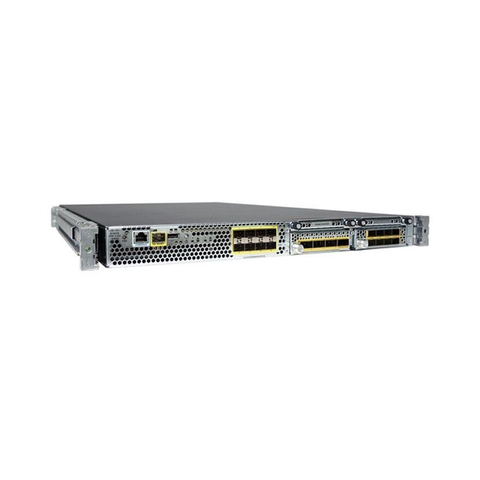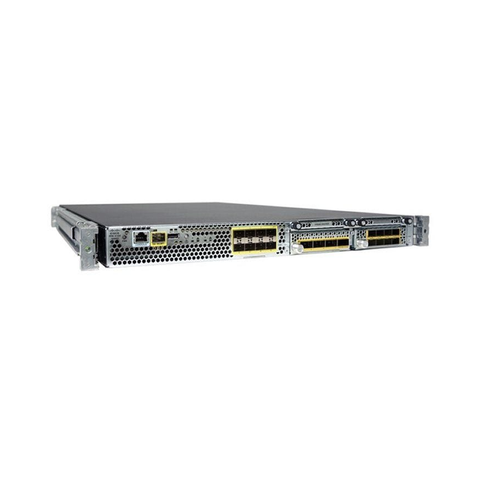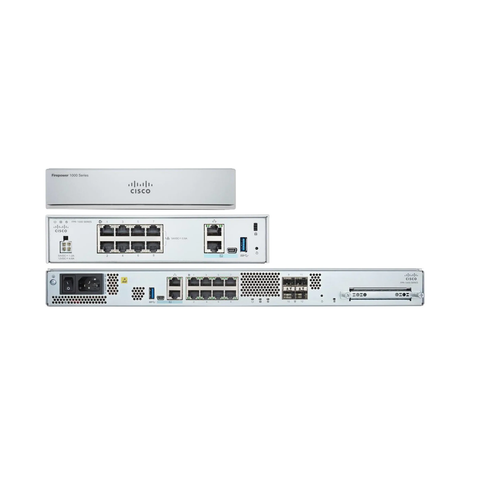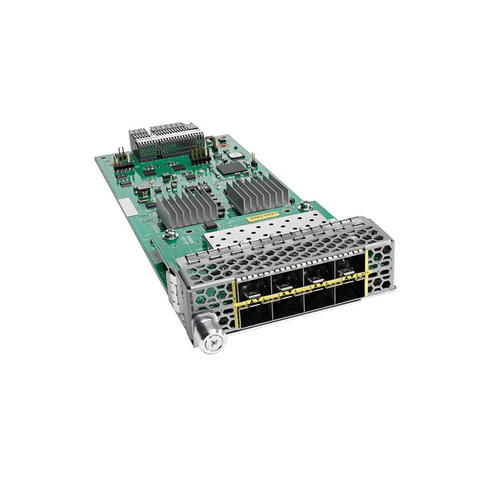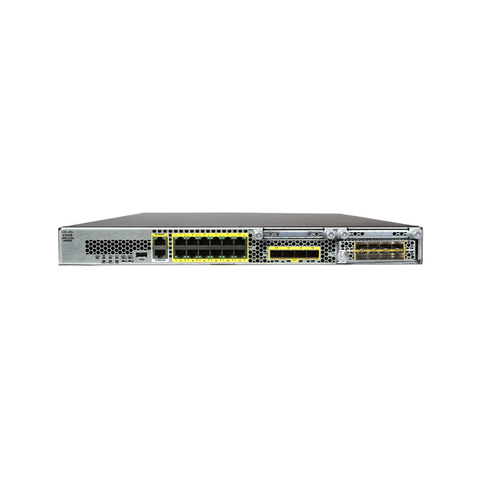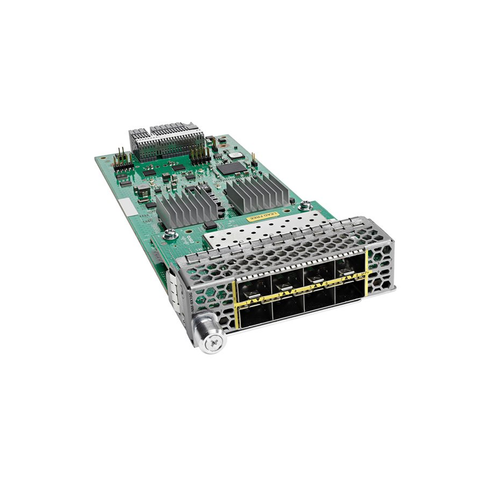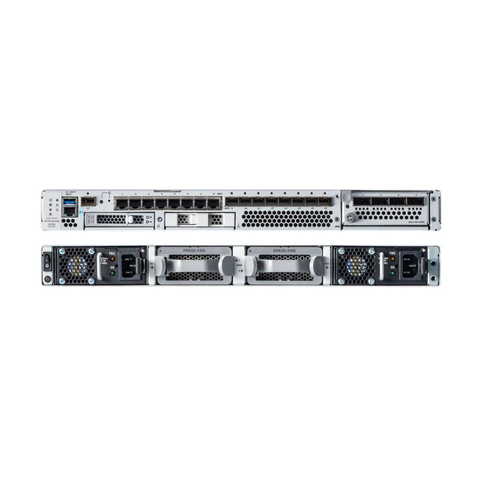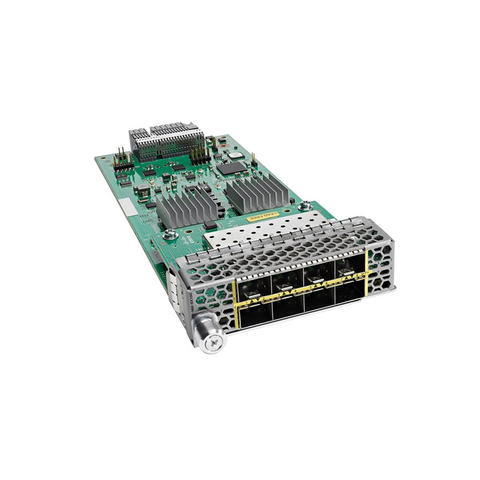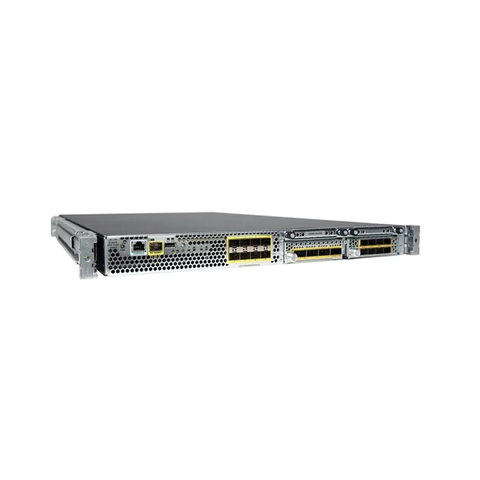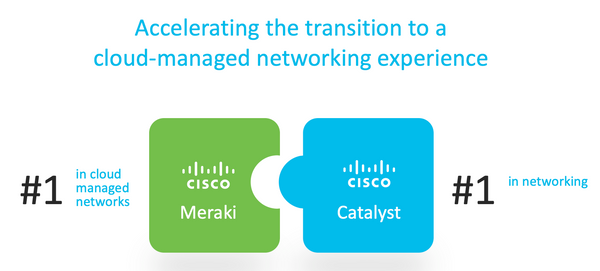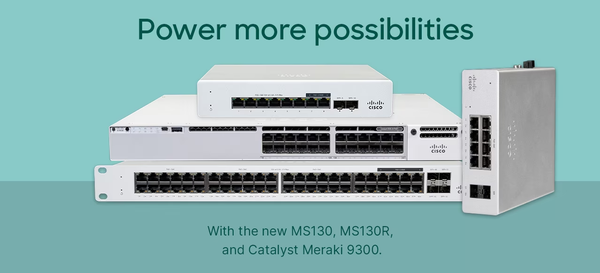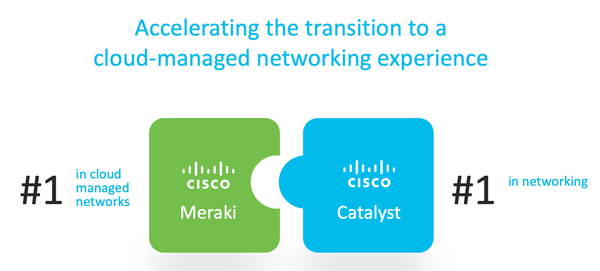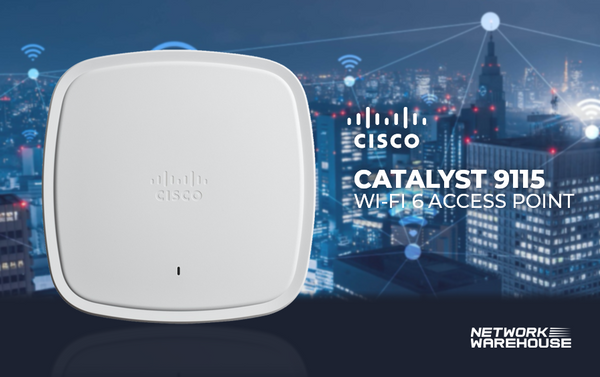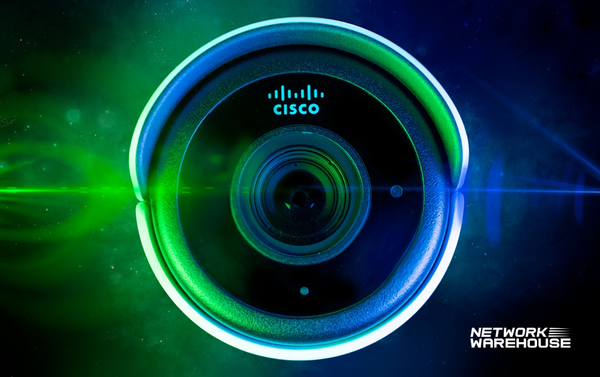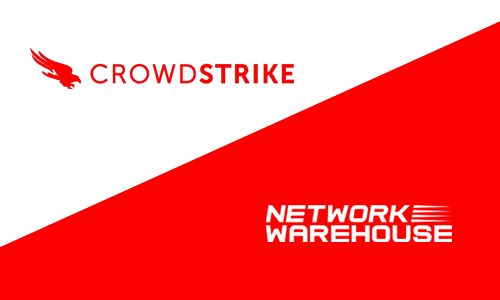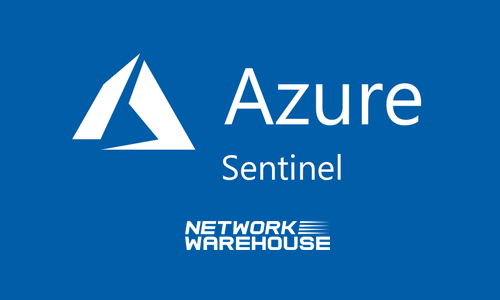all categories
-
SHOP CISCO
-
Cisco Switches
-
Cisco Business 110 Series
-
Cisco Business 220 Series
-
Cisco Business 250 Series
-
Cisco Business 350 Series
-
Cisco Catalyst 1000 Series
-
**NEW** Cisco Catalyst 1200 Series
-
**NEW** Cisco Catalyst 1300 Series
-
Cisco Catalyst 9200 Series
-
Cisco Catalyst 9200L Series
-
Cisco Catalyst 9200CX Series
-
Cisco Catalyst 9300 Series
-
Cisco Catalyst 9300L Series
-
Cisco Catalyst 9300X Series
-
Cisco Catalyst 9400 Series
-
Cisco Catalyst 9500 Series
-
Cisco Catalyst 9600 Series
-
Cisco Business 110 Series
- Cisco Firewalls
- Cisco Routers
- Cisco Access Points
-
Cisco Wireless Controllers
-
Cisco Aironet Wireless
- Cisco Phones
-
Cisco Switches
-
SHOP CISCO NEXUS
-
Cisco Nexus 9200 Series
-
Cisco Nexus 9300-EX Series
-
Cisco Nexus 9300-FX Series
-
Cisco Nexus 9300-FX2 Series
-
Cisco Nexus 9300-FX3 Series
-
Cisco Nexus 9300-FX3S Series
-
Cisco Nexus 9300-FX3P Series
-
Cisco Nexus 9300 ACI Fixed Spline Series
-
Cisco Nexus 9300-GX Series
-
Cisco Nexus 9300-GX2 Series
-
Cisco Nexus 9400 Series
-
Cisco Nexus 9500 Series
-
Cisco Nexus 9800 Series
-
Cisco Nexus 9200 Series
-
SHOP MERAKI
-
Meraki Go
-
Meraki Switches
-
**NEW** Meraki MS130 Series
-
**NEW** Meraki Catalyst 9300 Series
-
Meraki MS120 Series
-
Meraki MS125 Series
-
Meraki MS210 Series
-
Meraki MS225 Series
-
Meraki MS250 Series
-
Meraki MS350 Series
-
Meraki MS355 Series
-
Meraki MS390 Series
-
Meraki MS410 Series
-
Meraki MS425 Series
-
Meraki MS450 Series
-
**NEW** Meraki Catalyst 9300X Series
-
**NEW** Meraki MS130 Series
-
Meraki Access Points
-
Meraki Security Appliances
-
Meraki Cellular Gateways
-
Meraki Security Cameras
-
Meraki Sensors
-
Meraki Licensing & Support
- Meraki Accessories
-
Meraki Go
- SHOP ARUBA
- SHOP APC
-
SHOP JUNIPER MIST
APC UPS DEALS!
Great Deal
Aten PDU's
your product's name
your product's name
your product's name
your product's name
your product's name
your product's name
your product's name
your product's name

Latest News
Creating a Long-Term Strategy for Secure Remote Work
By Kamden Schewitz, Dec '23 Keep distributed teams connected and secur...
Read moreCisco Live 2023: Cross-Product Integration
By Zeus Kerravala, 2023 At Cisco’s global user event, Cisco Live, held recen...
Read morePower meets simplicity with the Meraki Catalyst 9300-M
By Minyi Pan, October 2023 In our recent blog announcing new Meraki cloud-ma...
Read moreOnboard your Cisco Catalyst Switches in the Meraki Dashboard today
By Alphonsine Anderson, 2023 Cisco Catalyst (IOS-XE) coming to the Meraki Clo...
Read morePowering New Customer Experience Possibilities
By Tony Carmichael, 2023 Check out the new Cisco Meraki MS130, MS130R, and Ca...
Read moreUnifying Security: Elevate Your Zero Trust Strategy with Cisco’s Duo and Cisco Secure Access
By Jeff Yeo, 2023 In the ever-changing landscape of cybersecurity, the concep...
Read moreWatchGuard Achieves the Highest Recognition
WatchGuard has been named Leader in the latest G2 Grid Report and honored wi...
Read moreIT Leaders Contend with Secure Multicloud Access – The 2023 Global Networking Trends Report
By Derek Mitsumori, 2023 What do you get when a massively distributed workfo...
Read moreCisco Catalyst Gains ‘Industry-Changing’ Simplicity With Meraki Cloud Management Option
The tech giant announces a breakthrough in network management at Cisco Live 2...
Read moreMeraki Go Router Firewall Plus Is The Smart And Easy Way To Secure A Network
If you run a business, you’ll know it’s vital to protect your network and its...
Read moreCisco collaborates with Mazak to innovate in sustainable manufacturing
Working together to build a bridge between productivity and sustainability. “...
Read moreSimplify Security with Managed Cloud Video Surveillance
Maximize business intelligence and adapt to the shifting tech landscape. Chal...
Read moreCisco helps Starbucks brew up efficiency through network automation
A full stack Meraki solution for premium customer experience. It was a relief...
Read moreSee beyond Believing with Smart Cameras
Leveraging video intelligence for agile factories As manufacturers large and ...
Read moreThe best cyber-defense? An analyst who understands offense
Lurene Grenier knows how to build a cyberweapon. Good thing she’s on Cisco’s ...
Read moreCisco Business Mobile app
The Cisco Business Mobile app lets you set up and control your Cisco Business...
Read moreCisco Business Wireless app
The Cisco Business Wireless Mobile app lets you set up and control your Cisco...
Read moreMapping the Way to a More Connected Community
Tech trends and solutions to help steer your journey Over the last decade, ...
Read moreNetworking Demystified: Why Wi-Fi 6E is Hot and Why You Should Care
Wi-Fi 6E is here and the worldwide Wi-Fi community is buzzing about it. But ...
Read moreTop Tech Trends Driving Retail Customer Experiences
Blend e-commerce convenience with in-store tactics for five-star experiences ...
Read moreAccelerating a revolution in autonomous travel
Powered by Cisco, Oxbotica’s AI platform is changing how the earth moves. Whe...
Read moreIntroducing a New Dashboard Landing Experience
Simple, not basic “Everything should be made as simple as possible, but not s...
Read moreTransform your network operations with the cloud-delivered power of Nexus Cloud
In this blog I will delve into details of the new Cisco Nexus Cloud, which g...
Read moreTransforming Hotel Operations with Smart Technology
Increased efficiencies ensure hotel facility managers rest easy at night Thin...
Read moreWiFi 6, for the next wave in ubiquitous connectivity
Cisco’s WiFi 6 solutions are supporting a secure, fast, low-latency future. I...
Read moreBuild Smarter Experiences with Cloud-Managed Networking
Cloud-managed networking has emerged as a critical solution for IT leaders w...
Read moreHyperconnectivity with steady performance in demanding environments
Hyperconnectivity with steady performance in demanding environments. Exponen...
Read moreGraduate to Elevated Campus Experiences
Five ways IoT technologies can modernise IT, facilities, and operationsAs un...
Read moreHow privacy became mission critical
“It’s a really exciting time to be in the privacy field,” said Harvey Jang, ...
Read moreHow to Amp Up Guest Experiences—and Profits
Hospitality industry uses tech infrastructure to boost loyalty, revenue, and ...
Read moreBreaking Up with Radio Waves: Why LiFi Is a Great Solution for Wireless Networks
Today, virtually all non-wired Internet connections – including cellular net...
Read moreCollaboration changing the Hybrid Workplace
In early 2020, Enterprises had to switch to remote work almost overnight. As...
Read moreModernising your Manufacturing with The UK's No.1 Cisco & Meraki Authorised Partner
Three Meraki solutions to future-proof your factory Prior to the pandemic, ma...
Read moreA Smart Camera to go the Distance
Details matter, especially when it comes to safety and security. Was that an...
Read moreAll the Details on Smart Workplace Technology
What you need to know and why you should careWhether you’re looking to scale...
Read moreThe Wait is Over for Secure Firewall 3100 Series
Always Give More If we learned one thing from our firewall customers over th...
Read moreCisco SD-Access in Healthcare-A Comprehensive Secure Access Solution for a Changing Industry
The healthcare industry is undergoing unprecedented change. The pandemic has...
Read moreMeeting Europe’s 2030 Digital Decade Targets
Cisco’s Vision for Powering the Internet of the Future The pandemic has high...
Read moreCisco Secure Endpoint goes Pro
Cyberattacks hit organizations every day. Attackers continue to develop new...
Read more6 Ways a Better Network Helps Offices Grow Stronger, Faster
The right network enables you to evolve and emerge from uncertainty stronge...
Read moreNETWORK WAREHOUSE SIGN AGREEMENT WITH ADDER TECHNOLOGY
Network Warehouse have recently signed a global distribution agreement wit...
Read moreNETWORK WAREHOUSE START STOCKING CISCO MULTI PLATFORM IP/SIP PHONES
In an effort to provide home workers with business or even enterprise service...
Read moreNETWORK WAREHOUSE JOIN FORCES WITH SECURITY MARKET LEADER CROWDSTRIKE
Network Warehouse are exited and proud to announce our all new partnership wi...
Read moreWHY SECURING THE DNS LAYER IS CRUCIAL TO FIGHT CYBER CRIME
Domain name system security is often overlooked by organisations, but focusin...
Read morePULSE SECURE DELIVERS VPN AND QUARANTINE MANAGEMENT IN INTEGRATED SOLUTION DEPLOYED BY PERSOL GROUP
With Pulse Connect Secure, PERSOL Group takes first step towards Zero Trust a...
Read moreDOUBLE EXTORTION ATTACKS AND HOW TO STOP THEM
As ransomware attacks increase, hackers are diversifying their tactics to get...
Read moreNetwork security in 2020 highlights zero trust, SD-branch
In this roundup of networking blogs, experts explore various aspects of netwo...
Read more3 ways to prevent DDoS attacks on networks
DDoS attacks on networks can result in devastating and expensive damage for o...
Read moreMicrosoft: Azure-based Sentinel security gets new analytics to spot threats in odd behavior
The new feature gives enterprise cloud customers another reason to send more ...
Read moreSouth Korea’s Airport Railroad Express Selects Juniper Networks’ AI-Driven Solutions To Build Its All-IP Based Communications Network For Smarter And Safer Operations
Juniper MX Series Routers and EX Series Switches driven by Juniper Mist AI wi...
Read more
Jon Petanya
Network Administrator
Great customer service which means more to us than just the low prices.
Cisco CW9166 High Performance WiFi 6E Access Point | CW9166I-ROW
CW9166I-ROW
145
Key Features
- Wi-Fi 6 and Wi-Fi 6E (802.11ax): The IEEE 802.11ax standard, also known as High-Efficiency Wireless (HEW) or Wi-Fi 6, builds on 802.11ac. It delivers a better experience in typical environments with more predictable performance for advanced applications such as 4K or 8K video; high-density, high-definition collaboration apps; all-wireless offices; and the Internet of Things (IoT). Wi-Fi 6E is Wi-Fi 6 “extended” into the 6-GHz frequency band
- XOR radio: The dual-band XOR radio in the Catalyst 9166 Series enables shifting capacity between 6 GHz and a secondary 5-GHz radio.
- Environmental sensors: These built-in sensors measure air quality (total volatile organic compounds [TVOC]), temperature, and humidity, and help ensure a safe working environment, avoiding the need to install an overlay of difficult-to-manage independent sensors.
- Zero Wait DFS: Allows for continuous monitoring of DFS channels for radar events thus enabling faster channel changes when needed. This enables RRM to minimize client distribution and maximize operational readiness.
- AP power optimizations (AP Power Save Mode): AP Power optimizations (AP Power save mode) allows the access point to reduce its power consumption by e.g. shutting off radios during off-hours and weekends – whilst still being smart enough to re-engage all features should they be needed. This both saves power and reduces the carbon footprint of running a wireless network.
- CleanAir™ Pro: CleanAir™ Pro extends Cisco’s industry leading RF Interference detection and classification into the 6 GHz band.
- Band steering: Enhanced to help clients that are 6-GHz capable to leave the 5-GHz radio and connect to the 6-GHz one. Wi-Fi 6E clients are automatically directed to connect to the 6-GHz radio to take advantage of the benefits it offers and free up the 2.4- and 5-GHz radios for legacy clients.
- Uplink/downlink OFDMA: Orthogonal Frequency-Division Multiple Access (OFDMA)-based scheduling splits the bandwidth into smaller frequency allocations called Resource Units (RUs), which can be assigned to individual clients in both the downlink and uplink directions to reduce overhead and latency.
- Uplink/downlink MU‑MIMO technology: Supporting the highest number with 12 spatial streams, multiuser multiple input, multiple output (MU-MIMO) enables the access points to split spatial streams between client devices to maximize throughput.
- BSS coloring: Spatial reuse (also known as Basic Service Set [BSS] coloring) allows the access points and their clients to differentiate between BSSs, thus permitting more simultaneous transmissions.
- Target Wake Time: Target Wake Time (TWT) allows the client to stay asleep and to wake up only at prescheduled (target) times to exchange data with the access point. This offers significant energy savings for battery-operated devices, up to three to four times the savings achieved by 802.11n and 802.11ac.
- Intelligent Capture: Intelligent Capture probes the network and provides Cisco DNA Center with deep analysis. The software can track more than 240 anomalies and instantaneously review all packets on demand, emulating the onsite network administrator. Intelligent Capture allows for more informed decisions on your wireless networks.
- Application hosting: Application hosting helps simplify IoT deployments and ready them for the future by eliminating the need to install and manage overlay networks. Using the USB interface, containerized applications and hardware modules can be deployed to reduce cost and complexity. Adding Cisco DNA Center provides workflows and deployment-wide application lifecycle management.
- Bluetooth 5.1: The integrated Bluetooth Low Energy (BLE) 5.1 radio enables location-based use cases such as asset tracking, wayfinding, and analytics.
- Container support for applications: Container support enables edge computing capabilities for IoT applications on the host access point.
-
Choice of persona: Cisco Catalyst 9166 Series Access Points can be managed either on-premises with Catalyst 9800 Wireless Lan Controllers (WLC) or cloud-managed through the Meraki dashboard. Customers have the flexibility to deploy these access points in one persona and shift to a different persona in the future.
Options
DNA Licences (Optional)
Downloads
Datasheet
With the flexibility to choose between cloud- and on-premises management, the Catalyst 9166 Series Access Point ensures network investment protection and unlocks the power of hybrid work. The Wi-Fi 6E-compliant access point takes advantage of the 6-GHz band expansion to produce a network that is more reliable and secure, with higher throughput, more capacity, and less device interference. The access points come with three 4x4 radios and provide a host of cutting-edge features.
With the industry’s leading on-premises network platform (Catalyst) joining the industry’s leading cloud IT platform (Meraki), this access point provides an unparalleled network experience. For organizations that need solutions to power hybrid work, and that allow their people to work anywhere at any given time with elevated, secure, and connected experiences, the Cisco Catalyst 9166 Series Access Points are the best choice.
Operational management is not static, as customers are able to change their network management whenever they want. If a network with Cisco Catalyst 9166 Series Access Points was originally an on-premises deployment, it can be changed to cloud-based management without the need to purchase and redistribute additional hardware.
Key Features
- Wi-Fi 6 and Wi-Fi 6E (802.11ax): The IEEE 802.11ax standard, also known as High-Efficiency Wireless (HEW) or Wi-Fi 6, builds on 802.11ac. It delivers a better experience in typical environments with more predictable performance for advanced applications such as 4K or 8K video; high-density, high-definition collaboration apps; all-wireless offices; and the Internet of Things (IoT). Wi-Fi 6E is Wi-Fi 6 “extended” into the 6-GHz frequency band
- XOR radio: The dual-band XOR radio in the Catalyst 9166 Series enables shifting capacity between 6 GHz and a secondary 5-GHz radio.
- Environmental sensors: These built-in sensors measure air quality (total volatile organic compounds [TVOC]), temperature, and humidity, and help ensure a safe working environment, avoiding the need to install an overlay of difficult-to-manage independent sensors.
- Zero Wait DFS: Allows for continuous monitoring of DFS channels for radar events thus enabling faster channel changes when needed. This enables RRM to minimize client distribution and maximize operational readiness.
- AP power optimizations (AP Power Save Mode): AP Power optimizations (AP Power save mode) allows the access point to reduce its power consumption by e.g. shutting off radios during off-hours and weekends – whilst still being smart enough to re-engage all features should they be needed. This both saves power and reduces the carbon footprint of running a wireless network.
- CleanAir™ Pro: CleanAir™ Pro extends Cisco’s industry leading RF Interference detection and classification into the 6 GHz band.
- Band steering: Enhanced to help clients that are 6-GHz capable to leave the 5-GHz radio and connect to the 6-GHz one. Wi-Fi 6E clients are automatically directed to connect to the 6-GHz radio to take advantage of the benefits it offers and free up the 2.4- and 5-GHz radios for legacy clients.
- Uplink/downlink OFDMA: Orthogonal Frequency-Division Multiple Access (OFDMA)-based scheduling splits the bandwidth into smaller frequency allocations called Resource Units (RUs), which can be assigned to individual clients in both the downlink and uplink directions to reduce overhead and latency.
- Uplink/downlink MU‑MIMO technology: Supporting the highest number with 12 spatial streams, multiuser multiple input, multiple output (MU-MIMO) enables the access points to split spatial streams between client devices to maximize throughput.
- BSS coloring: Spatial reuse (also known as Basic Service Set [BSS] coloring) allows the access points and their clients to differentiate between BSSs, thus permitting more simultaneous transmissions.
- Target Wake Time: Target Wake Time (TWT) allows the client to stay asleep and to wake up only at prescheduled (target) times to exchange data with the access point. This offers significant energy savings for battery-operated devices, up to three to four times the savings achieved by 802.11n and 802.11ac.
- Intelligent Capture: Intelligent Capture probes the network and provides Cisco DNA Center with deep analysis. The software can track more than 240 anomalies and instantaneously review all packets on demand, emulating the onsite network administrator. Intelligent Capture allows for more informed decisions on your wireless networks.
- Application hosting: Application hosting helps simplify IoT deployments and ready them for the future by eliminating the need to install and manage overlay networks. Using the USB interface, containerized applications and hardware modules can be deployed to reduce cost and complexity. Adding Cisco DNA Center provides workflows and deployment-wide application lifecycle management.
- Bluetooth 5.1: The integrated Bluetooth Low Energy (BLE) 5.1 radio enables location-based use cases such as asset tracking, wayfinding, and analytics.
- Container support for applications: Container support enables edge computing capabilities for IoT applications on the host access point.
-
Choice of persona: Cisco Catalyst 9166 Series Access Points can be managed either on-premises with Catalyst 9800 Wireless Lan Controllers (WLC) or cloud-managed through the Meraki dashboard. Customers have the flexibility to deploy these access points in one persona and shift to a different persona in the future.
Options
DNA Licences (Optional)
Downloads
Datasheet
With the flexibility to choose between cloud- and on-premises management, the Catalyst 9166 Series Access Point ensures network investment protection and unlocks the power of hybrid work. The Wi-Fi 6E-compliant access point takes advantage of the 6-GHz band expansion to produce a network that is more reliable and secure, with higher throughput, more capacity, and less device interference. The access points come with three 4x4 radios and provide a host of cutting-edge features.
With the industry’s leading on-premises network platform (Catalyst) joining the industry’s leading cloud IT platform (Meraki), this access point provides an unparalleled network experience. For organizations that need solutions to power hybrid work, and that allow their people to work anywhere at any given time with elevated, secure, and connected experiences, the Cisco Catalyst 9166 Series Access Points are the best choice.
Operational management is not static, as customers are able to change their network management whenever they want. If a network with Cisco Catalyst 9166 Series Access Points was originally an on-premises deployment, it can be changed to cloud-based management without the need to purchase and redistribute additional hardware.
Related Products
Cisco CBS350 16-Port L3 Managed Gigabit PoE+ Switch + 2x SFP | CBS350-16P-2G-UK
Out of Stock

